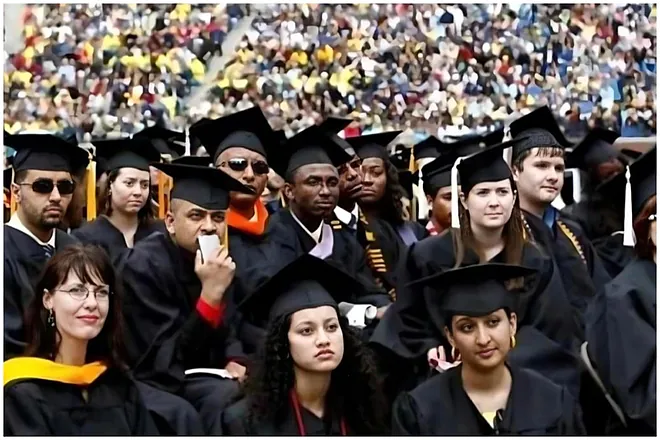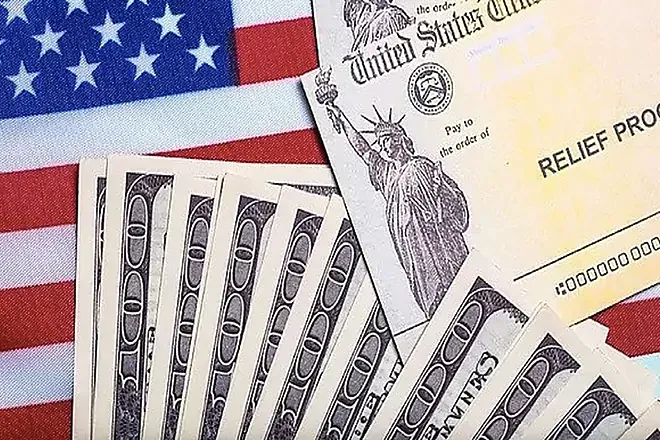For many undergraduates, Direct Subsidized Student Loans are the most affordable way to finance a degree. These loans help cover tuition and living costs while the government pays the interest during school, grace periods, and certain deferments.
But a growing number of students are finding themselves suddenly ineligible—sometimes halfway through their program. If this has happened to you, you’re not alone. The rules around subsidized loan eligibility can be confusing, and missing the fine print can cost you thousands in extra interest.
This guide breaks down why students lose eligibility, how the 150% Rule works, and the steps you can take to manage your borrowing smarter.

What Are Direct Subsidized Student Loans?
Before diving into eligibility, let’s clarify what makes these loans so valuable:
- Subsidized loans are need-based. They’re awarded to undergraduates with financial need.
- The government pays your interest while you’re in school at least half-time, during your 6-month grace period after leaving school, and during deferment.
- You borrow less expensively. Compared to unsubsidized loans or private loans, subsidized loans save students significant money over time.
That’s why losing access to them can feel like a financial setback.
The 150% Rule: Why Students Lose Eligibility
The number one reason students become ineligible for Direct Subsidized Student Loans is the 150% Rule, introduced by the Department of Education in 2013.
How the 150% Rule Works
- You may only receive subsidized loans for up to 150% of the published length of your academic program.
- Once you hit this time limit, you can’t take out new subsidized loans.
- Even worse: any subsidized loans you already have will start accruing interest immediately, even if you’re still enrolled in school.
Examples of the Rule in Action:
| Academic Program | Published Length | 150% Limit | Max Years of Subsidized Loans |
|---|---|---|---|
| 4-year bachelor’s degree | 4 years | 150% = 6 years | 6 years |
| 2-year associate degree | 2 years | 150% = 3 years | 3 years |
| 1-year certificate program | 1 year | 150% = 1.5 years | 1.5 years |
So, if you’re in a bachelor’s program and take longer than six years to complete it, you’ll lose eligibility for Direct Subsidized Student Loans.
Other Reasons You May Lose Eligibility
The 150% Rule isn’t the only factor. Students also lose access to subsidized loans due to program changes or progression.
Common Situations That Trigger Ineligibility
- Remaining in school too long: Staying enrolled past your maximum eligibility period.
- Switching programs: If you move to a shorter or equal-length program, your prior usage still counts against you.
- Graduate study: Subsidized loans are strictly for undergraduates—graduate and professional students are automatically ineligible.
- Borrowing heavily early on: Using the bulk of your eligibility in your first few years, leaving nothing left later.
How Switching Programs Affects Subsidized Loan Eligibility
Changing majors or degree tracks is common, but it can have surprising financial consequences.
- Switching to a longer program (2-year → 4-year): May restore some eligibility, since the cap resets based on your new program’s length.
- Switching to a program of the same or shorter length: Your past subsidized loan usage still applies, which may leave you with little or no eligibility left.
This is why academic advising and financial aid planning should go hand-in-hand—decisions about switching programs can directly affect how much interest you’ll pay.
What Happens After You Lose Eligibility
Reaching your subsidized loan limit has two big consequences:
- No new Direct Subsidized Student Loans. You won’t be able to borrow further under the program.
- Interest begins accruing on your existing subsidized loans, even while you’re still enrolled or in your grace period.
At that point, your main federal borrowing option becomes Direct Unsubsidized Loans, where interest starts adding up immediately after disbursement.
Subsidized vs. Unsubsidized: What Changes After Eligibility Ends
| Feature | Direct Subsidized Loans | Direct Unsubsidized Loans |
|---|---|---|
| Eligibility | Based on financial need | Not need-based |
| Who pays interest in school? | Government | Student |
| Who qualifies? | Undergraduates only | Both undergraduates and graduates |
| Borrowing limits | Lower (need-based) | Higher (not need-based) |
| Cost over time | Lower | Higher |
This shift from subsidized to unsubsidized borrowing can significantly increase your total repayment costs if you’re not prepared.
How to Track Your Direct Subsidized Student Loan Usage
Because the rules are strict, you’ll want to keep an eye on how much of your eligibility you’ve used.
- Check your aid history: Use the National Student Loan Data System (NSLDS) or your school’s financial aid portal.
- Talk to your financial aid office: They can estimate how much subsidized loan time you have left.
- Track your academic progress: The longer you stay in school, the closer you get to the cap.
A lack of awareness is one of the biggest reasons students get blindsided by the loss of subsidized loan eligibility.
What to Do If You Lose Direct Subsidized Student Loan Eligibility
Losing access doesn’t mean your education has to stop—it just means you need to adjust your funding strategy.
Federal Options
- Direct Unsubsidized Loans: Still available, but interest accrues immediately.
- PLUS Loans: For parents of undergraduates (or graduate students), though these come with higher interest rates.
Non-Federal Options
- Scholarships and Grants: Look for need-based and merit-based aid to reduce reliance on loans.
- Work-Study Programs: Earn money while enrolled.
- Part-time jobs or internships: Can help offset tuition and living costs.
Strategic Borrowing Tips
- Prioritize scholarships and grants before loans.
- If you must borrow unsubsidized, consider making small interest payments while in school to avoid ballooning balances.
- Explore income-driven repayment plans after graduation if debt feels overwhelming.
How to Avoid Losing Eligibility in the First Place
If you’re still eligible for Direct Subsidized Student Loans, here’s how to make the most of them:
- Graduate on time. Plan your course load carefully to stay within your program’s published length.
- Avoid unnecessary program changes. Switching majors can extend your stay but eat into your loan eligibility.
- Borrow strategically. Don’t over-borrow in your first years. Save subsidized eligibility for later if possible.
- Consult advisors regularly. Your academic and financial aid advisors can help you avoid unintentional missteps.
FAQs About Direct Subsidized Student Loans
1. Do graduate students qualify for subsidized loans?
No. Subsidized loans are for undergraduates only.
2. Can eligibility be restored if I switch programs?
Sometimes—if you move to a longer program, your maximum time limit may extend.
3. What happens to existing subsidized loans after I lose eligibility?
They begin accruing interest immediately, even if you’re still in school.
4. How can I lower costs if I lose eligibility?
Apply for scholarships, consider work-study, and pay interest on unsubsidized loans while in school.
5. Does losing subsidized eligibility mean I lose all federal aid?
No. You may still qualify for unsubsidized loans, grants, or other aid programs.
Losing eligibility for Direct Subsidized Student Loans often comes down to the 150% Rule and how long you’ve been in school. Once you hit that threshold, the government stops covering your interest, and your debt can grow faster than expected.
The best move is to plan ahead: track your loan usage, understand how program changes affect your eligibility, and explore alternative funding options early. That way, you won’t get caught off guard by rising costs in the middle of your degree.







